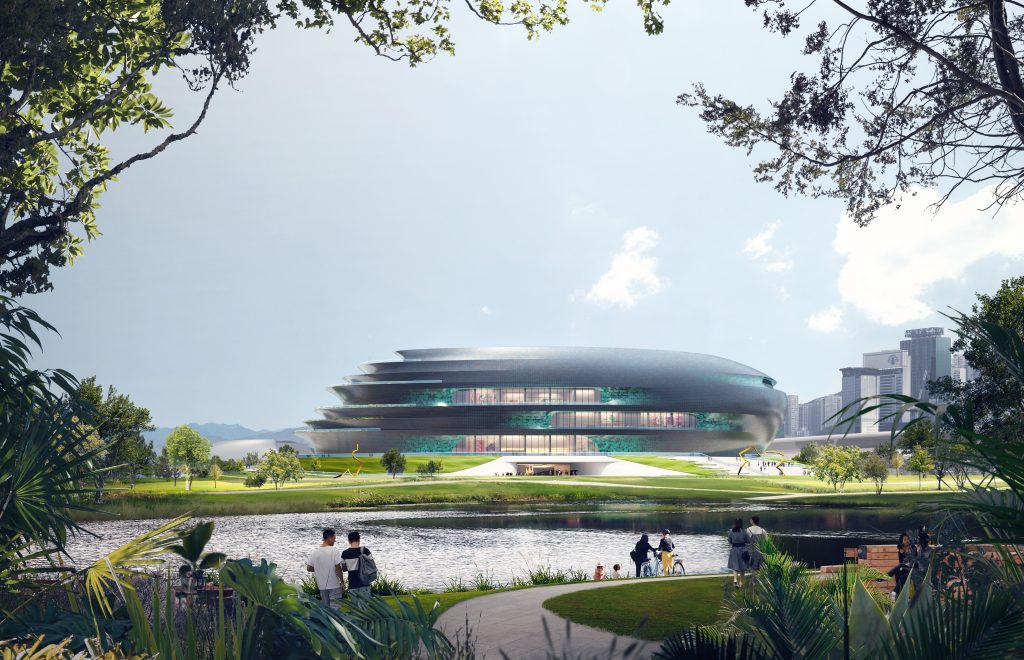
(Shenzhen Science and Technology Museum/rendering by Slashcube)
by Ron Bernthal
By A cascade of terraces will frame a large atrium at the heart of the Shenzhen Science & Technology Museum that the design firm, Zaha Hadid Architecs, is developing in southern China.
Slated for completion in late 2023, the pebble-shaped museum will encompass 1.3 million square-feet, and contain a mix of public spaces, galleries and educational facilities. The future Shenzhen Science & Technology Museum, located within the Guangming Science City, will become a stunning landmark within the Guangzhou–Shenzhen Science Technology Innovation Corridor.
It has been designed by Zaha Hadid Architects as part of the area’s urban masterplan to establish the Guangming Science City district as a hub for innovation. Linked with universities, schools and innovation centers across China, the museum will showcase and strengthen Shenzhen’s global position as a leading center of innovation and technology.

(Shenzhen Science and Technology Museum/rendering by Brick)
“The museum will be a key destination to learn and explore the power of science and technology and understand their impact on our life and future,” explained Zaha Hadid Architects. “Linked with universities, schools and innovation centres across China, the museum will form the region’s world-class Science City, becoming a landmark institution that will showcase and strengthen Shenzhen’s global position as a leading centre of innovation and technology.”
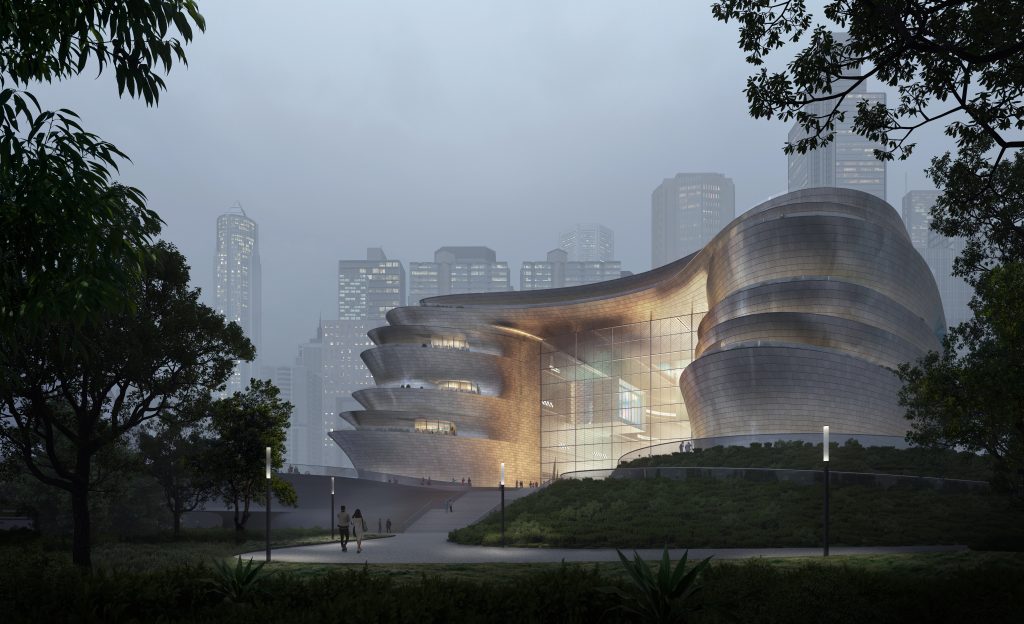
Inside, the Shenzhen Science & Technology Museum will have a U-shaped plan that bends around the vast atrium at its centre, designed by the studio to cater for “intuitive orientation and navigation”.
The plan is reflected externally where the building’s smooth pebble-shaped form breaks up into a series of terraces, framing a large glazed wall. This wall marks the entrance to the museum and opens into the atrium.

The terraces and large glazed wall have been positioned to the west of the site, providing views of the adjacent Guangming Park. As the museum will be located within Shenzhen, with its subtropical climate, with mild winters, hot summers, and a warm spring/autumn.
The design optimises energy conservation during the city’s hot, humid summer with a very high-performance thermal insulation of the building’s envelope, together with high-efficiency glazing, HVAC, lighting and smart building management systems.
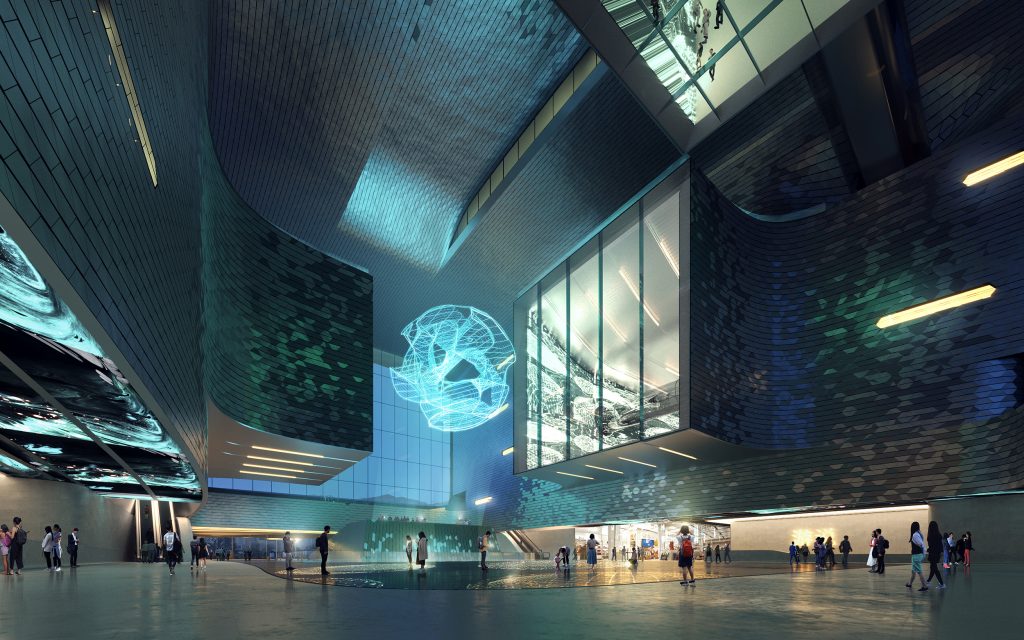
(Shenzhen Science and Technology Museum/rendering by Slashcube)
Long areas of glazing will also be placed along the lengths of the museum to offer passersby inside views, and the atrium itself will contain large expanses that frame views into the galleries. The building will transform itself as it extends towards the natural landscapes of Guangming Park, defining layers of terraces that frame the glazed wall leading to the courtyard atrium at the heart of the museum.
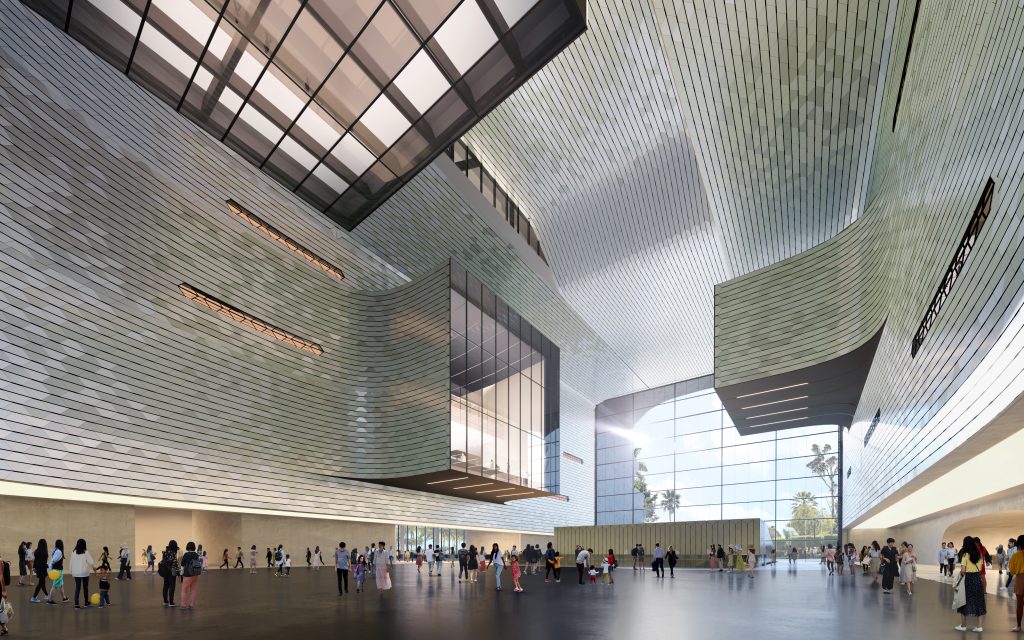
Once complete, many of the museum’s galleries will be used for permanent exhibitions, while others will be designed to be easily adapted to multiple uses. This adaptability will ensure the museum’s longevity and allow it to host a variety of different exhibitions so that visitors will have “a rich and varied experience each time they visit,” said the architectural studio.
According to Zaha Hadid Architects, eco-friendly strategies will also play a key role in the design, with the goal of it becoming “a benchmark for sustainability” in the region and achieving the highest rating in the Three Star System, China’s green building standard.
It will utilise high-performance thermal insulation and energy-efficient glazing, alongside smart building management that can automatically monitor internal environmental conditions, such as temperature, and help minimise the building’s energy consumption.
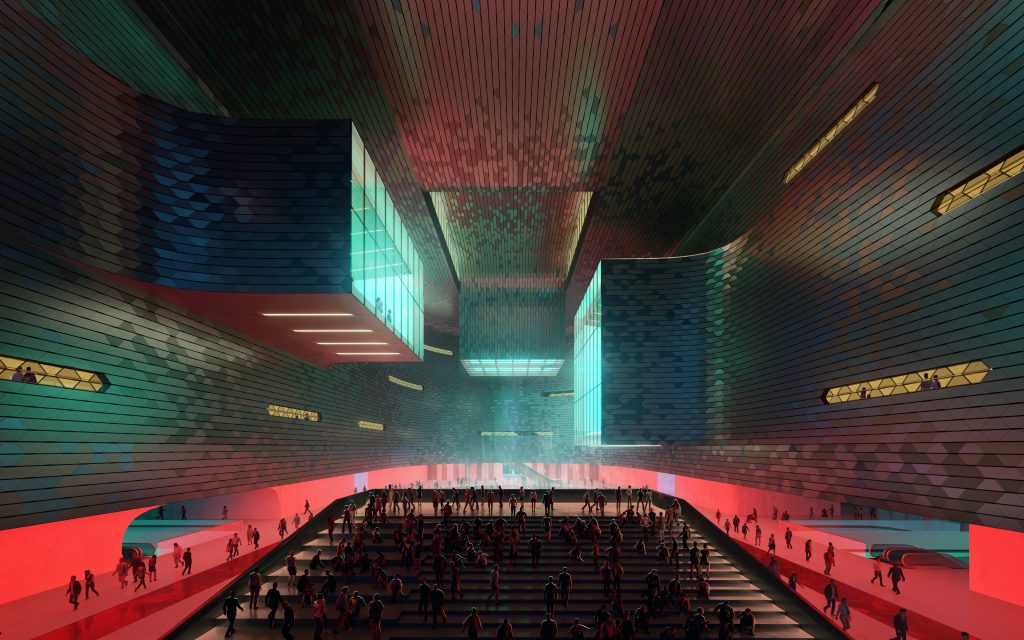
Zaha Hadid Architects is an international architecture studio that was established in 1980 by the late British-Iraqi architect Zaha Hadid. Today the studio is headed up by Patrik Schumacher, with its main office is in Clerkenwell, London.

